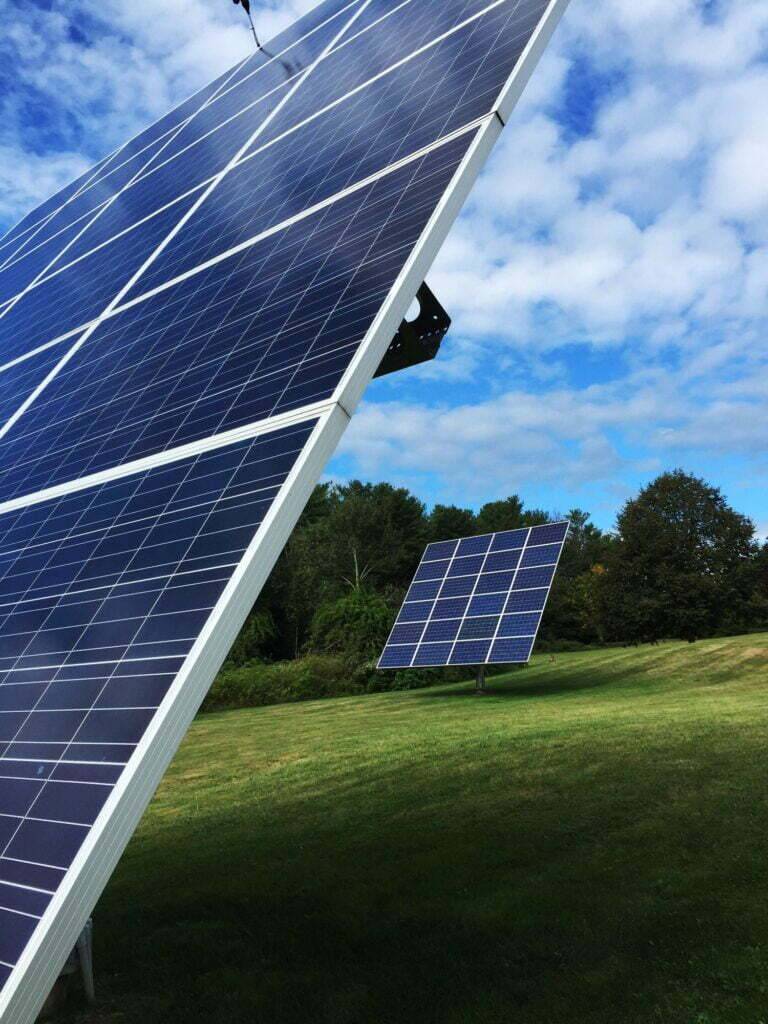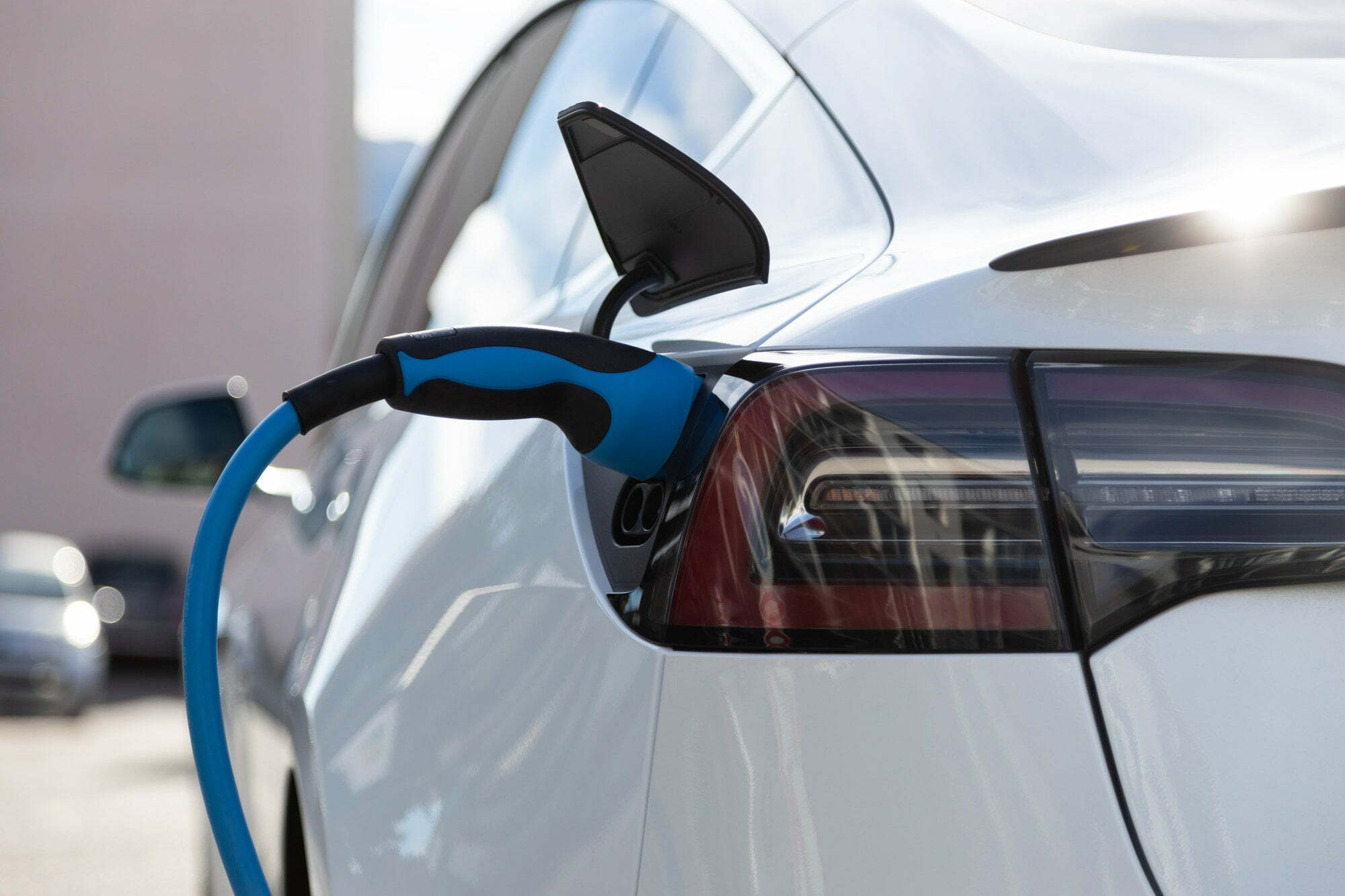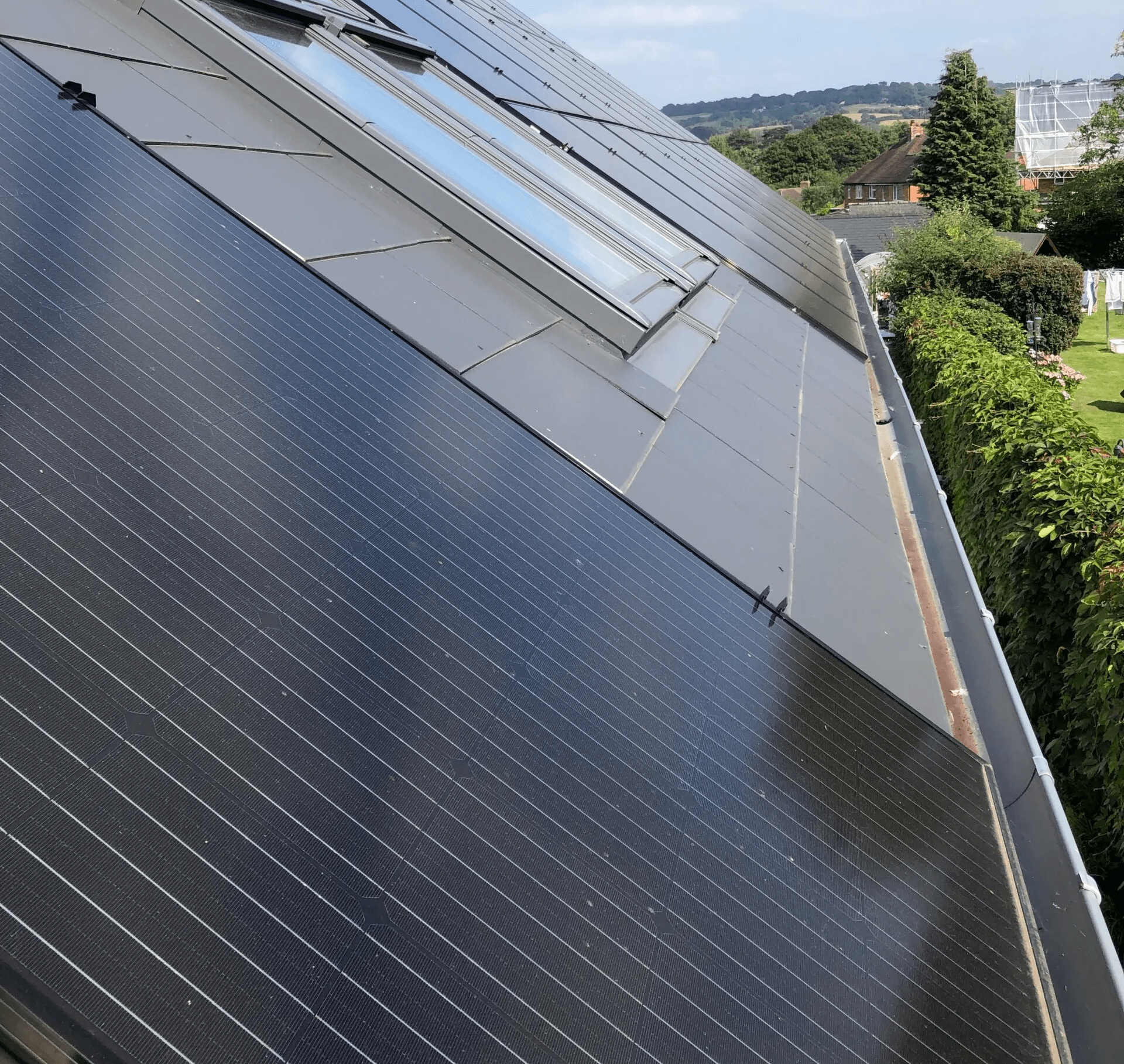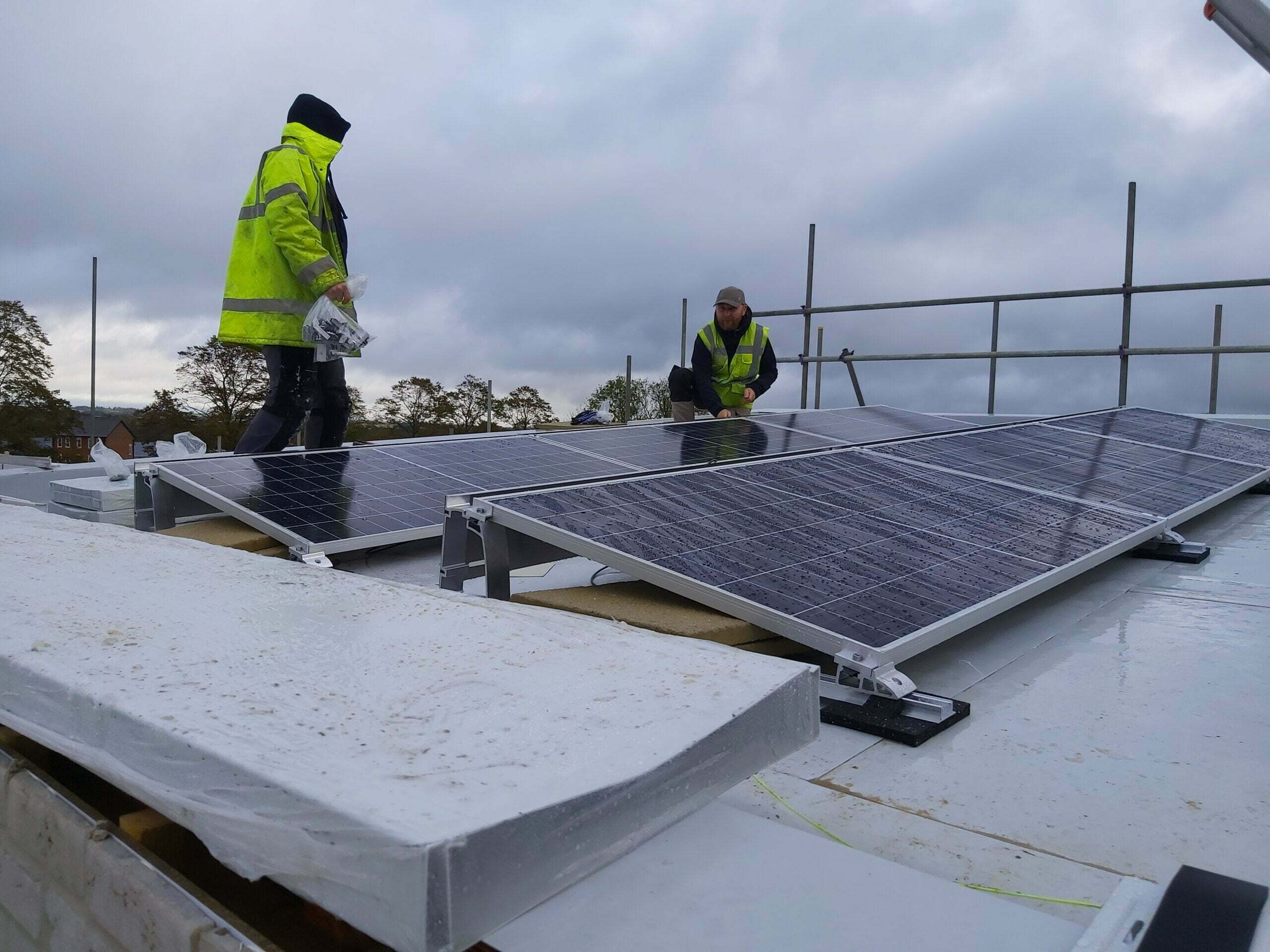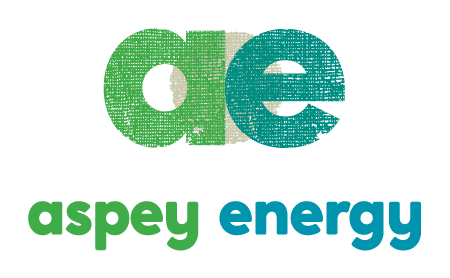A complex roof, and the desire for a low energy life Lower Brailes, Banbury
admin
April 5, 2022
Recent Post
Categories
Want To Try Our Services ?
Lorem ipsum dolor sit amet, consectetur adipiscing elit. Ut elit tellus, luctus nec ullamcorper mattis, pulvinar dapibus leo.
The Brief
The client, Mr B, had a plan was to build a low energy eco home with the heating strategy of an air source system and solar panels. The task was to look at suitability and make well-founded recommendations.
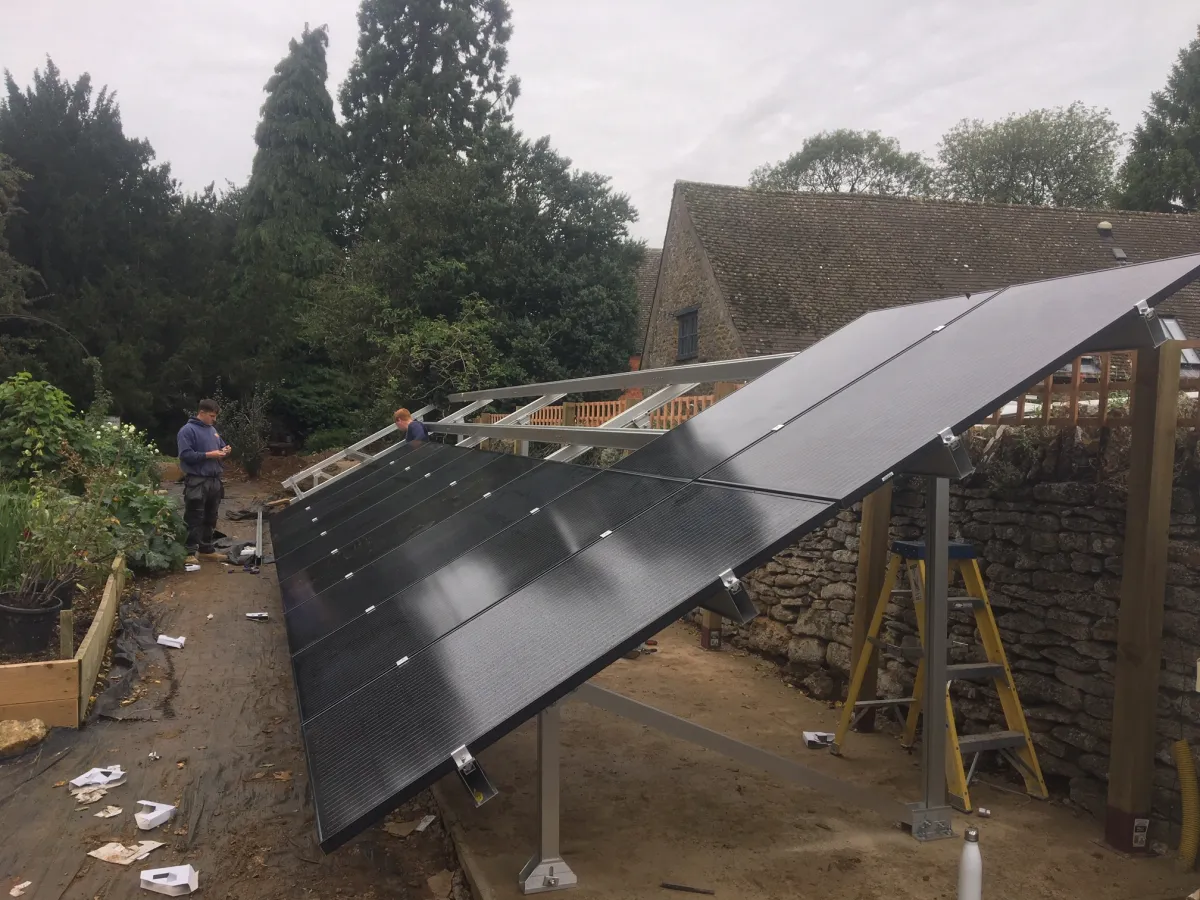
The Process
The system
Aspey Energy designed a roof system to take in all the appropriate orientations on which to add an in-roof set of trays. We worked closely with Solar Edge, who have an amazing system enabling us to work with different roof orientations. Basically, on a normal solar array, if you have any shading (Ssuch as by a chimney stack, other roofs, aerials or trees etc., you would lose solar yield greatly. This would reduce how much energy you would produce while the shading is in play, because the areas in sunlight send energy over to the panels in shade thereby losing energy across the panels. With Solar Edge, a ‘micro optimiser’ is installed behind each panel, doing exactly that. It optimises the energy that the system will produce so in essence each panel is working independently to
The verdict
Well, the beauty of an in roof system is you don’t need to buy tiles where you have panels which saves a little money, and you’re producing plenty of solar energy which also saves you money and, of course, is better for the environment. Mr B is delighted on how the system is working out with the solar catering for his hot water and power through most of the year. The system came in on budget with 11 years to recover his initial costs. His savings have been seen from the outset.

